Last year over 700 boat owners who have non-trailered boats moored in marinas around Aotearoa…
Eco-engineering to enhance valued native species on artificial structures
Dayanitha Damodaran describes the objectives of her PhD research at Cawthron Institute and Macquarie University

I grew up in Wellington where I completed both my bachelor’s and master’s degrees at Victoria University focusing on marine biology. During this time, I found a love for bivalves, gaining an internship at Becker lab at the University of Washington Tacoma (USA), quantifying Olympia oyster (Ostrea lurida) larvae. My interest in bivalves grew from there and my master’s thesis examined the morphological, behavioural and histological responses of two species of marine bivalves to different environmental stressors. While studying I dabbled in a variety of scientific fields working part time as an ophthalmic technician and animal technician. After finishing my master’s, I worked in the private sector as a junior fisheries scientist.
The Marine Biosecurity Toolbox stood out to me as a project I would like to be a part of because it aims to tackle a huge goal ̶ improving New Zealand’s tools for biosecurity management, in a very collaborative and measured way. For my Ph.D. I am working in the PROTECT theme investigating the habitat requirements of the endemic, green-lipped mussel (Perna canaliculus) to help design eco-engineered artificial structures that will encourage their settlement. Eco-engineered structures aim to incorporate ecological principals into structure design to increase biodiversity in artificial environments which can be lacking in diversity and abundance of native organisms. If we can reinforce artificial structures with native species, this could reduce the opportunity for invasive species to establish and encourage native communities. My Ph.D. supervisors are Dr. Paul South from Cawthron Institute who specializes in work with green-lipped mussels and Dr. Katherine Dafforn from Macquarie University (Sydney) who specializes in eco-engineering projects.
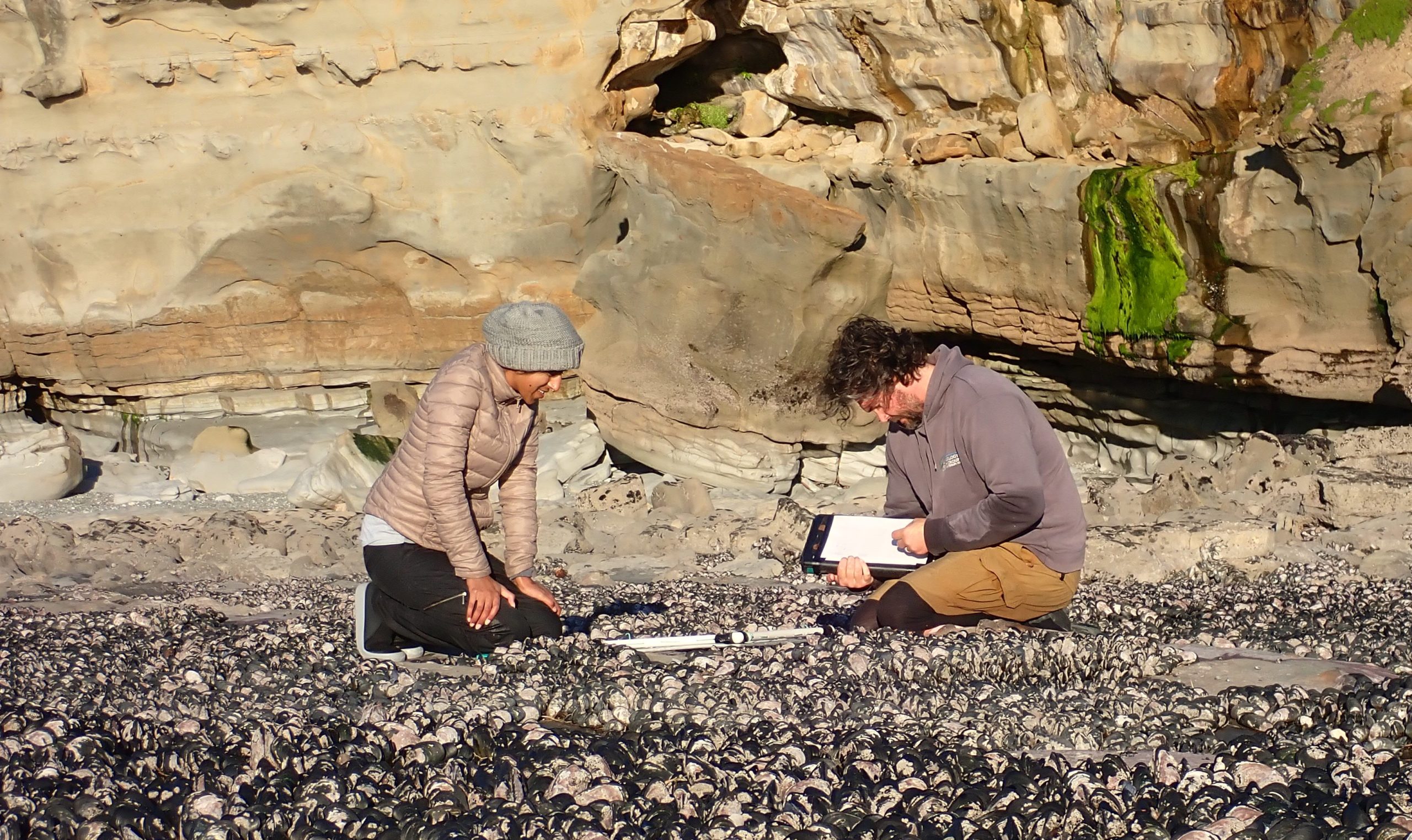
Dayanitha and Paul characterising the ecological community associated with a mussel reef near Greymouth, South Island.
The first part of my research requires getting a better understanding of the environments in which, green-lipped mussels live, and to investigate where in these environments juveniles are found. To do this, I ventured out to the West Coast of the South Island along with my Cawthron colleagues Paul South, and Oli Floerl to do some mussel sampling and surveying. This field work consisted of heading to the shore at low-tide to estimate the cover of habitats (like mussel beds and bare rock) and quantify the number and location of juvenile mussels and other species such as whelks and grazers. We also took samples of the abundant habitats including adult mussels, dominant algae, and barnacles and we will search through them under microscopes to identify cryptic juveniles.
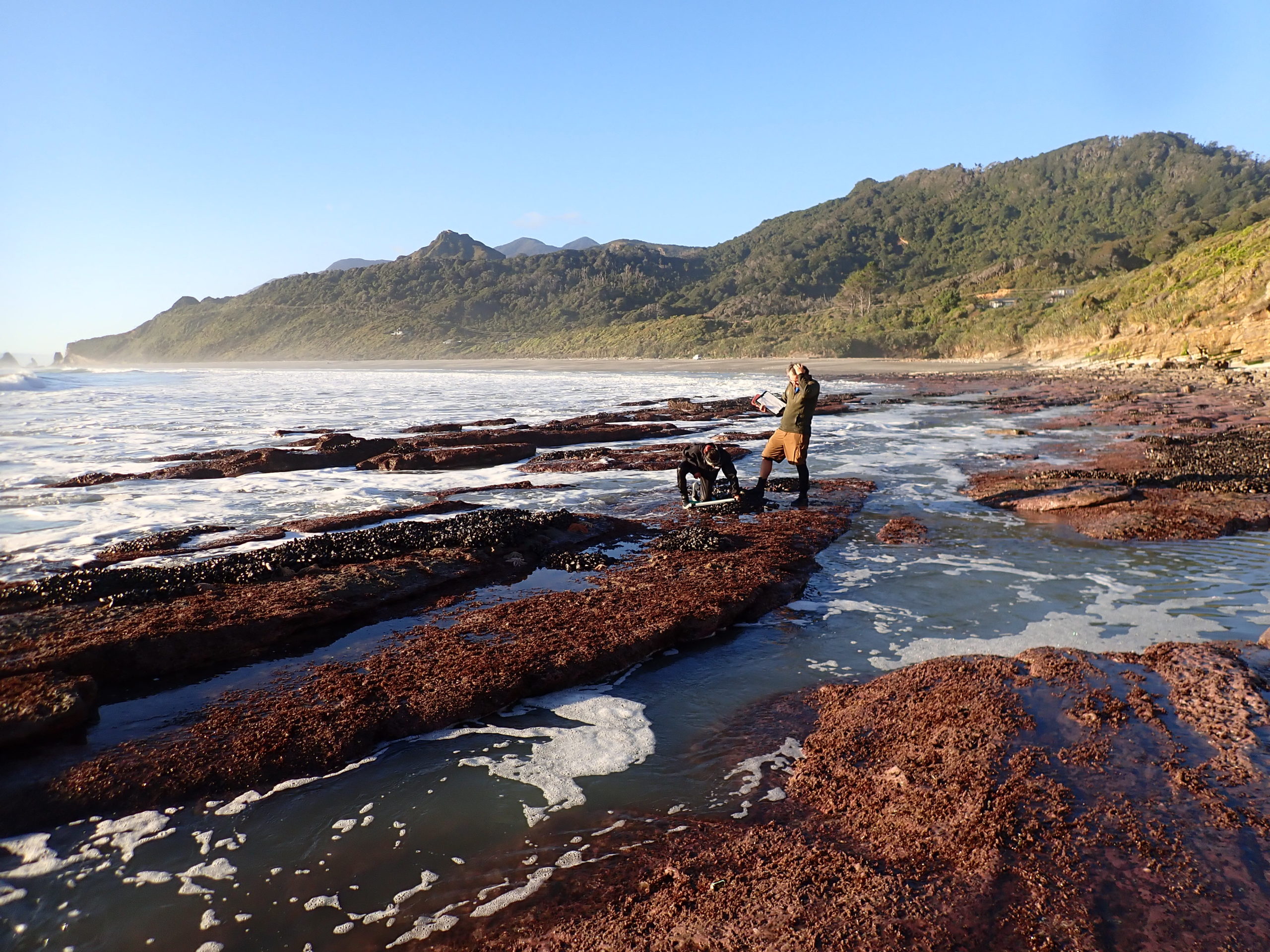
The reef features multiple community types, some dominated by mussels and some by algae.
These techniques will allow us to investigate patterns of where juvenile, green-lipped mussels are on the shore, and how this relates to habitat type and overall biodiversity. Identifying habitats that are important for juvenile mussels will inform our eco-engineering designs. Over the coming months we will be examining settlement and retention patterns of juvenile mussels on 3D printed habitat models developed by scientists at Scion from digital scans of mussel beds. Watch out for further updates as our experiments continue!
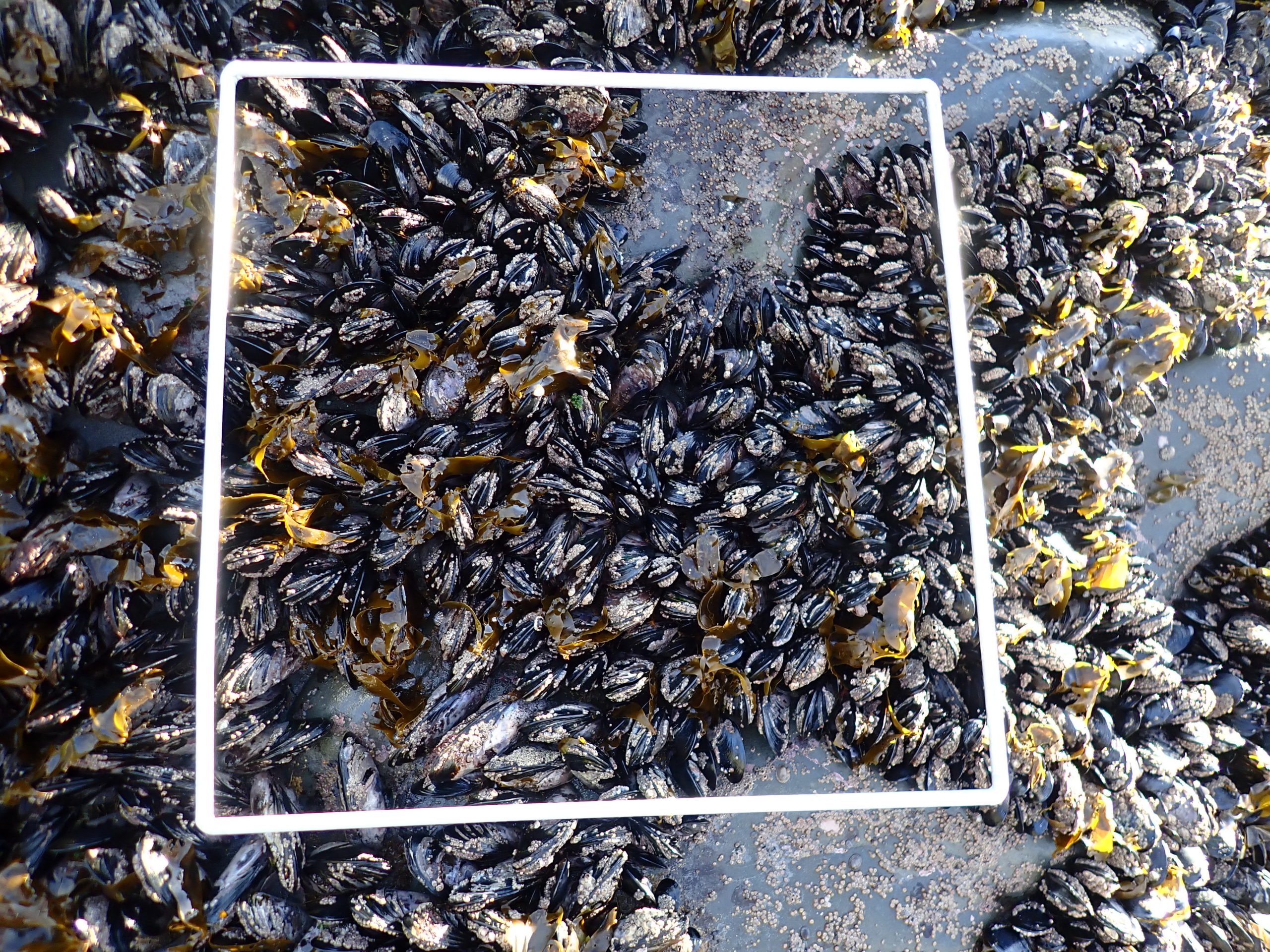
Where do juvenile mussels settle and recruit within established beds? Options include, at the very least, rock, adult mussel shells or byssus, algae, underlying debris, or other associated organisms. Understanding habitat preferences is important for designing attractive artificial substrates.

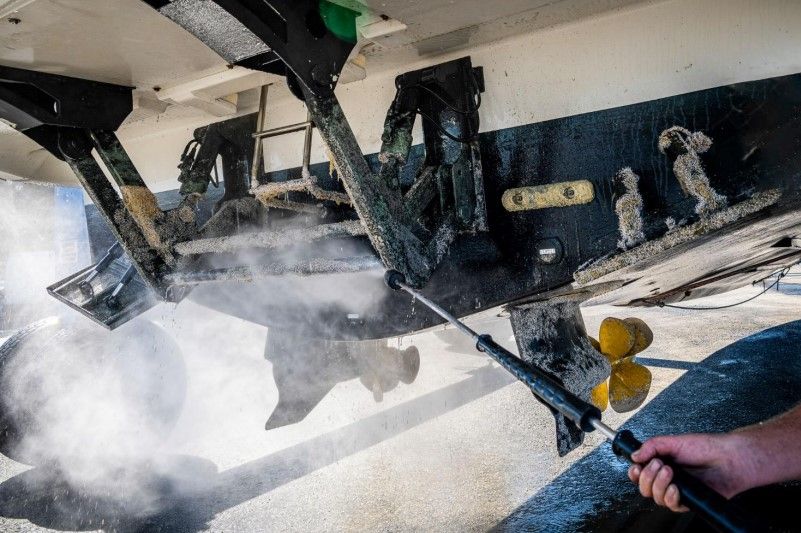
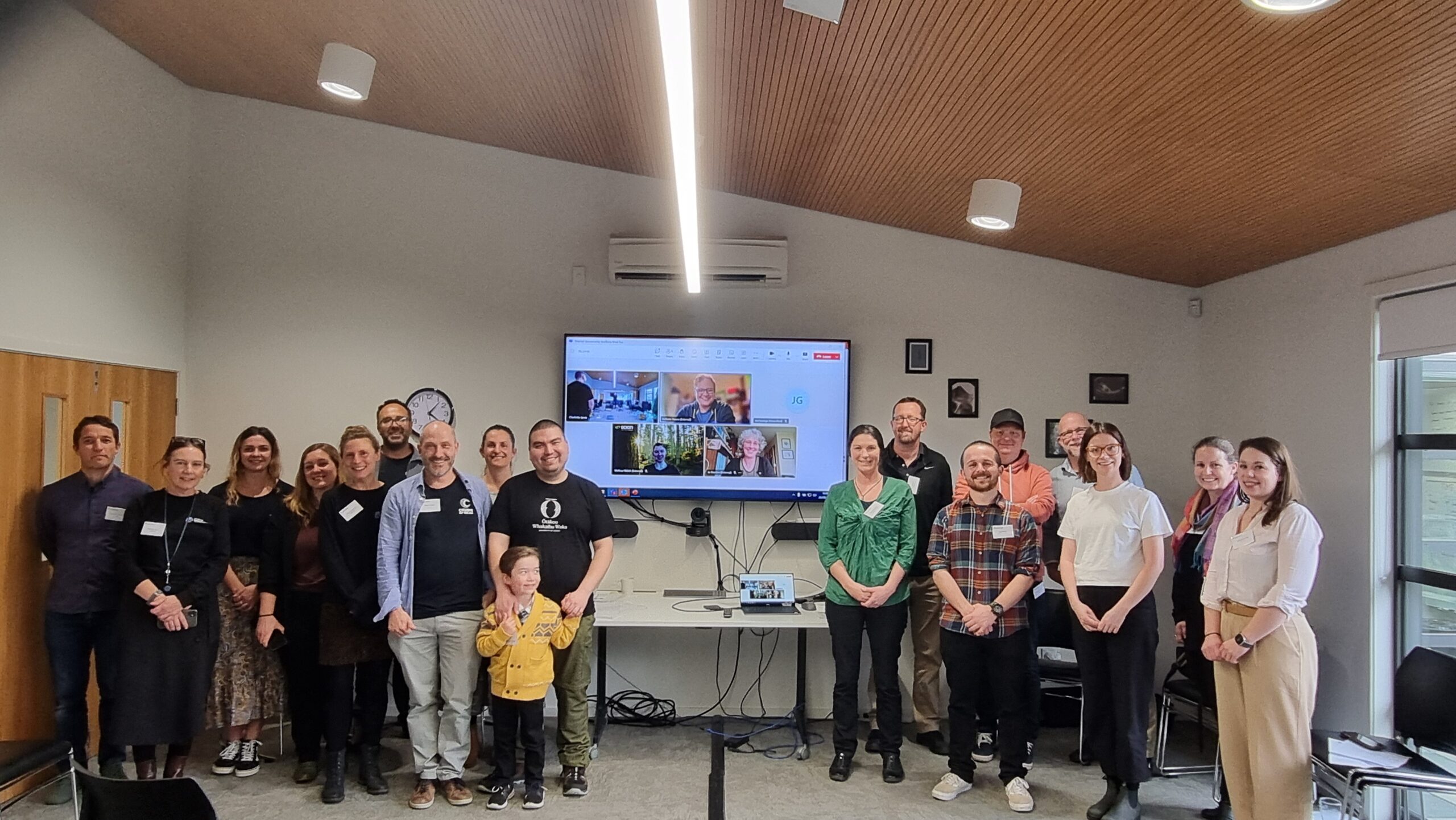
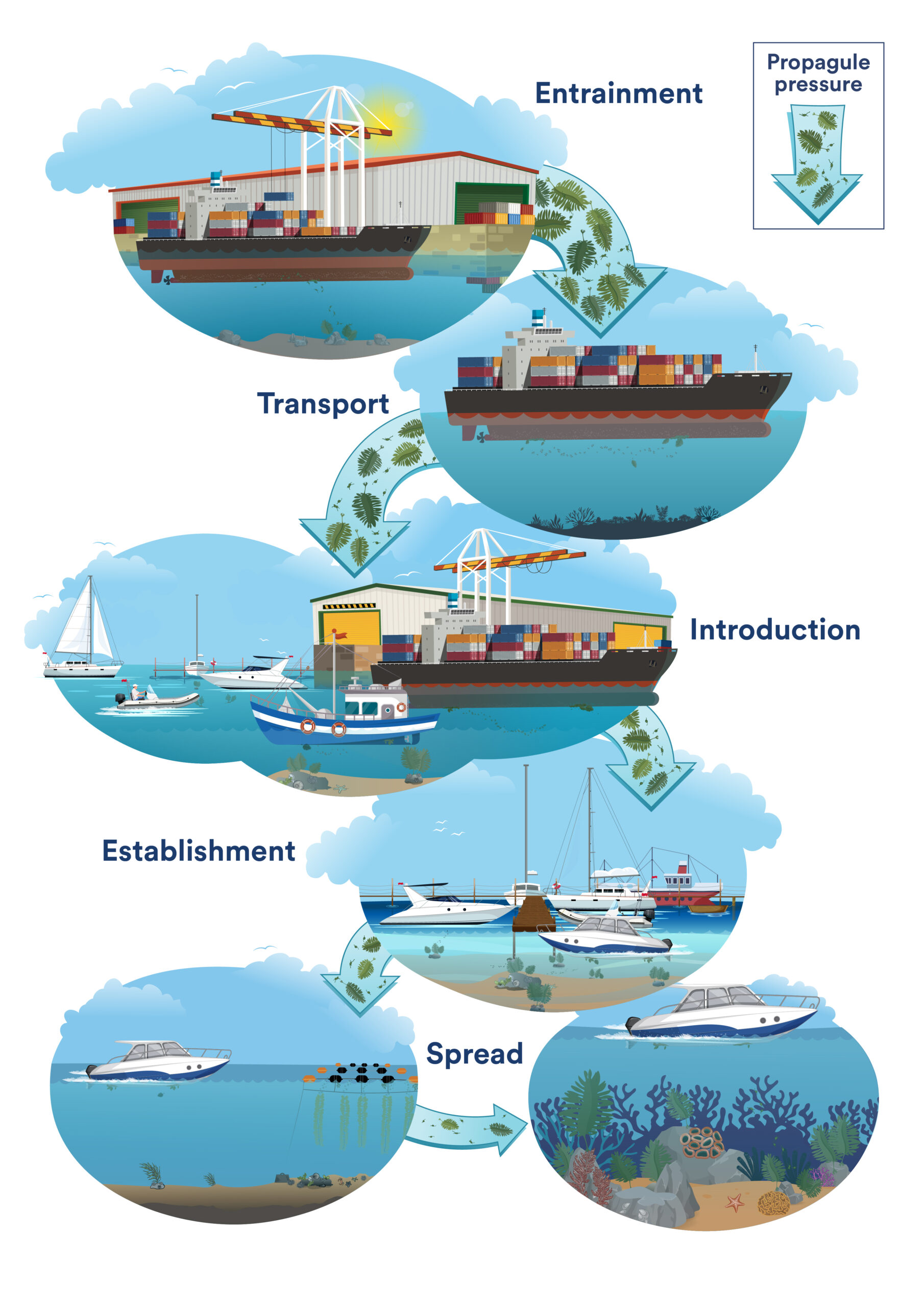
Comments (0)